44 kcal on food labels
Food labels - NHS Most pre-packed foods have a nutrition label on the back or side of the packaging. These labels include information on energy in kilojoules (kJ) and kilocalories (kcal), usually referred to as calories. They also include information on fat, saturates (saturated fat), carbohydrate, sugars, protein and salt. PDF NUTRITION LABELLING INFORMATION - Food Standards Agency 100g/ml of food. • Energy must be displayed as kJ/kcal. • Information must be displayed in this order in tabular format (if space on the label does not allow for tabular format then linear format is permitted). • of which sugarsIf the product contains no added salt a statement indicating 'naturally occurring
Traffic light food labels - DNAfit Look for five key points on the label: 1. Energy. The terms 'kJ' and 'kcal' (calories) tell you how much energy is in a product. Women need an average of 2,000 kcal a day and men need 2,500 kcal on average. 2. Saturates. Saturates is another word for saturated fat. This section tells you about the amount of saturated fat in the product.

Kcal on food labels
Learn How the Nutrition Facts Label Can Help You Improve Your Health That means if you consume 2,000 calories in a day, added sugars should account for no more than 200 calories. Read the Nutrition Facts labels on your packaged food and drinks to keep track of sugars, fats, protein, and other nutrients. Most sodium we consume is from salt, and salt is commonly in processed foods. How To Read Food and Beverage Labels - National Institute on Aging Or you can call the U.S. Department of Agriculture's Food and Nutrition Information Center at 301-504-5414. Understanding percent Daily Value (% DV) The percent Daily Value (% DV) tells how much a nutrient in a serving of the food or beverage contributes to a total daily 2,000-calorie diet. Looking at labels - British Nutrition Foundation You'll see on labels, the calorie content is given in kcal and kJ, which are short for kilocalories and kilojoules. Kilocalorie is another word for the well know 'calorie'. Kilojoules are the metric measurement of calories (the calorie figure multiplied by 4.2).
Kcal on food labels. How to Understand and Use the Nutrition Facts Label | FDA - U.S. Food ... That is two times the calories and nutrients shown in the sample label, so you would need to double the nutrient and calorie amounts, as well as the %DVs, to see what you are getting in two... Food Labels | Nutrition.gov What's New with the Nutrition Facts Label. HHS, Food and Drug Administration. The U.S. Food and Drug Administration (FDA) has updated the Nutrition Facts label on packaged foods and beverages with a fresh design that will make it easier for you to make informed food choices that contribute to lifelong healthy eating habits. What's in a Name? Reading Cat Food Labels: Ingredients, Nutrition, and More - WebMD Guaranteed analysis: States the minimum or maximum amount of certain nutrients, including protein, fat, and fiber. Nutrients are different from ingredients. Feeding directions: Explains how to feed the product to the cat. Such directions are to be considered general guidelines, not rules. Ask your veterinarian for specific instructions. Reading Food Labels (for Parents) - Nemours KidsHealth A food with 5% or less of a nutrient is low in that nutrient. A food with 10%-19% of a nutrient is a good source of that nutrient. A food with 20% or more of a nutrient is high in that nutrient. The information on food labels is based on an average diet of 2,000 calories per day.
Understanding calories - NHS The calorie content of many shop-bought foods is stated on the packaging as part of the nutrition label. This information will appear under the "Energy" heading. The calorie content is often given in kcals, which is short for kilocalories, and also in kJ, which is short for kilojoules. Food Calorie Calculator Powered by the USDA National Nutrient Database, the Food Calorie Calculator below allows you to choose from thousands of foods and brands, and see nutrition facts such as calories, fat, protein, carbohydrates, fiber and sugar. Get started by entering your food and drink choices under "Keywords". Check the label | Food Standards Agency When you see 'kcal' on the nutritional label, it means the number of calories that product has. Reference Intake indicators Reference Intake is shown in percentages and provides information on how... Why do food labels display energy in two different units (kcal ... - Quora Answer (1 of 2): Kcal and Kjoule,both are the units of energy and are in use in nany countries,hence the food labels display both the units on the nutrition panel for consumers' benefit. Ever since the adoption of international system (SI) of Scientific units, joules has been only defined SI uni...
Understanding Food Terms - American Cancer Society If you eat twice as much of the "light" version of a food, you often end up taking in more calories than a standard serving of the regular version. The calorie and nutrient information listed on the label is the amount in one serving only, and the size of the serving is listed, too. Look at food labels. Make food labels work for you. How Do They Calculate Calories on Food Labels? 5 grams of fat (5 x 9 = 45 calories) 22 grams of carbohydrate (22 x 4 = 88 calories) 2 grams of protein (2 x 4 = 8) ...should contain approximately 140 calories. It's important to recognize that 4-9-4 is an average, and not an exact amount. Nutrition Labelling - CFS The energy value of a food can be expressed as kilocalorie (kcal) or kilojoule (kJ) or both in the nutrition label. 1 kcal is roughly equal to 4.2 kJ. If you want to compare the energy contents of two different products which are expressed differently, you have to do a simple calculation so that the unit of expression is the same. What You Need to Know About Food Labelling in 2022 In the latest attempt to fight obesity amongst its citizens, the UK government has introduced new requirements for food labels. The Calorie Labelling (Out of Home Sector) (England) Regulations 2021 was brought before Parliament on May 13, 2021, and is expected to come into action on April 6, 2022.
Diving Deeper Into Food Nutrition Labels | GentleFoods® Step 1: Look for both the serving size and the number of servings in the package. The serving size reflects the amount that people typically eat or drink. In this example, one serving of broccoli equals 45 grams and there are 6 servings in the package. Step 2: Find out how many calories are in a single serving.
Kcal vs. Calories: Differences and How to Convert - Healthline Calories may also be expressed as kilojoules (kJ), with one calorie or kcal equaling 4.18 kJ. How are these terms used? Regulations require that food and beverage manufacturers display a nutrition...
This Is How to Read a Nutrition Facts Label on the Keto Diet This act mandated that, with a few exceptions, all packaged foods needed nutrition labels — thus creating the black-and-white labels we see on packaged foods today. The nutrients that required labeling included: Calories Calories from fat Total fat Saturated fat Cholesterol Sodium Total Carbohydrate Dietary fiber Sugars Protein Vitamin A Vitamin C
Are kcal the same as Calories? - Cronometer Cronometer Curation. 4 years ago. Updated. The Calories used on food labels are the same as kcals (kilocalories). 1 Calorie = 1 kcal.
Kcal vs. Calories: Differences and Converting - Greatist Energy in food can also be measured in kilojoules (kJ). One calorie (kcal) equals 4.18 kJ or 4,184 joules (J). If you're looking to convert calories to kJ, multiply the number of calories by 4.18....
How to Calculate Kilocalories | livestrong A kilocalorie (kcal) is the same as one large calorie, which is equal to 1,000 small calories. But small calories are uncommon in everyday use — large calories, or kilocalories, are what you're used to seeing on food labels and in nutrition and exercise recommendations.
The Science Behind Calories and Nutrition Facts Labels The calorie number we see on food labels refers to a kilocalorie (kcal), which is also known as a large calorie or a food calorie. A kilocalorie is 1 000 calories. One kilocalorie is the amount of energy it takes to heat one kilogram of water one degree Celsius at sea level.
How to Calculate Kcal | Healthfully Add the amounts of kcals in carbohydrates, fats, and proteins together for a total kcal count. To find the percentage of an individual component, divide the amount of kcals by the total kcal count. For example, if there are 45 kcals of fat in a 90 kcal product, you would divide 45 by 90. This food, then, is made up of fifty percent fat kcals.
This is why calorie content is always listed in 'kcals' - Cosmopolitan So that's where the 'k' comes in - it stands for 'kilocalories'. For every 1 'kcal' measure, you can assume you're actually counting 1,000 scientific calories, which sounds pretty scary if you...
Calories on the New Nutrition Facts Label | FDA - U.S. Food and Drug ... One package of food may contain more than one serving, so, if you eat two servings you would be getting two times the calories shown on the label. For example, if you ate one serving of the food...
How Many Calories Does One KCAL Equal? | livestrong One kcal, or kilocalorie, is equivalent to one Calorie. Both are equivalent to 1,000 calories (with a lowercase "c") and measure the amount of energy in food. ... You can find the calorie amount on the food's nutrition label. This information will help you gauge whether you're consuming too many calories per day. NHS points out that the more ...
Looking at labels - British Nutrition Foundation You'll see on labels, the calorie content is given in kcal and kJ, which are short for kilocalories and kilojoules. Kilocalorie is another word for the well know 'calorie'. Kilojoules are the metric measurement of calories (the calorie figure multiplied by 4.2).
How To Read Food and Beverage Labels - National Institute on Aging Or you can call the U.S. Department of Agriculture's Food and Nutrition Information Center at 301-504-5414. Understanding percent Daily Value (% DV) The percent Daily Value (% DV) tells how much a nutrient in a serving of the food or beverage contributes to a total daily 2,000-calorie diet.
Learn How the Nutrition Facts Label Can Help You Improve Your Health That means if you consume 2,000 calories in a day, added sugars should account for no more than 200 calories. Read the Nutrition Facts labels on your packaged food and drinks to keep track of sugars, fats, protein, and other nutrients. Most sodium we consume is from salt, and salt is commonly in processed foods.



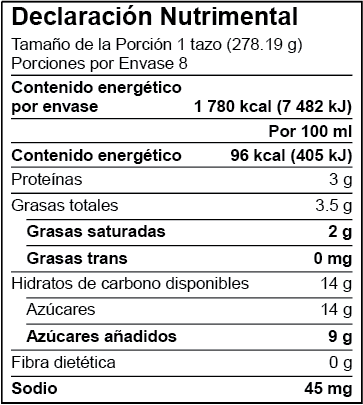
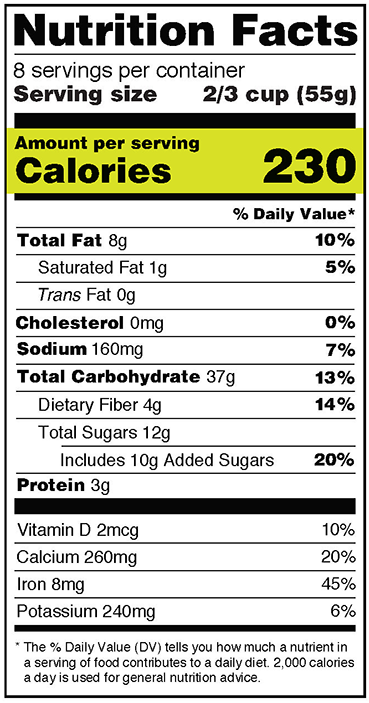
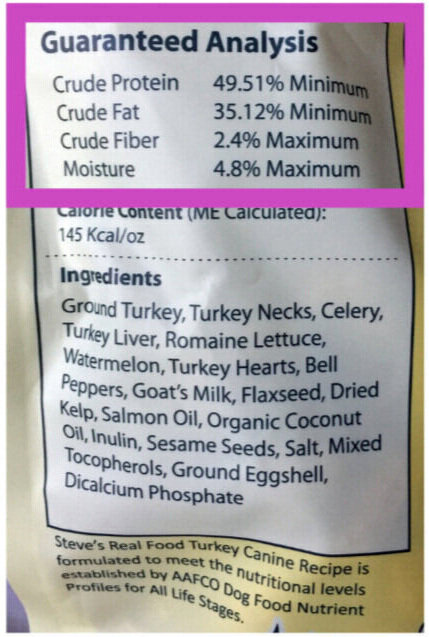

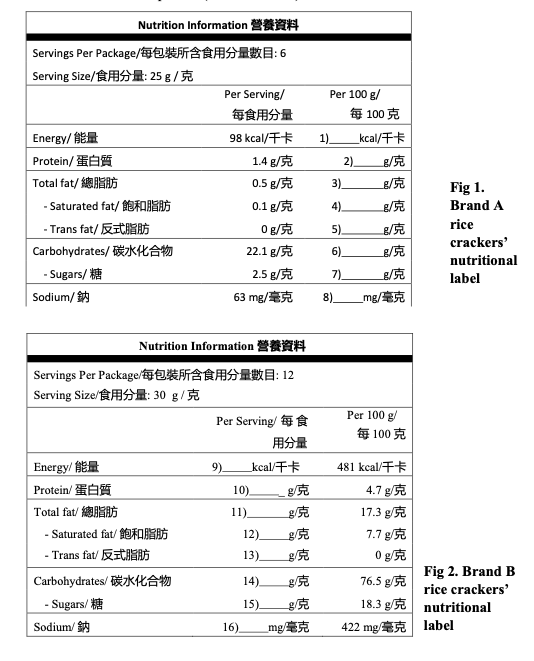


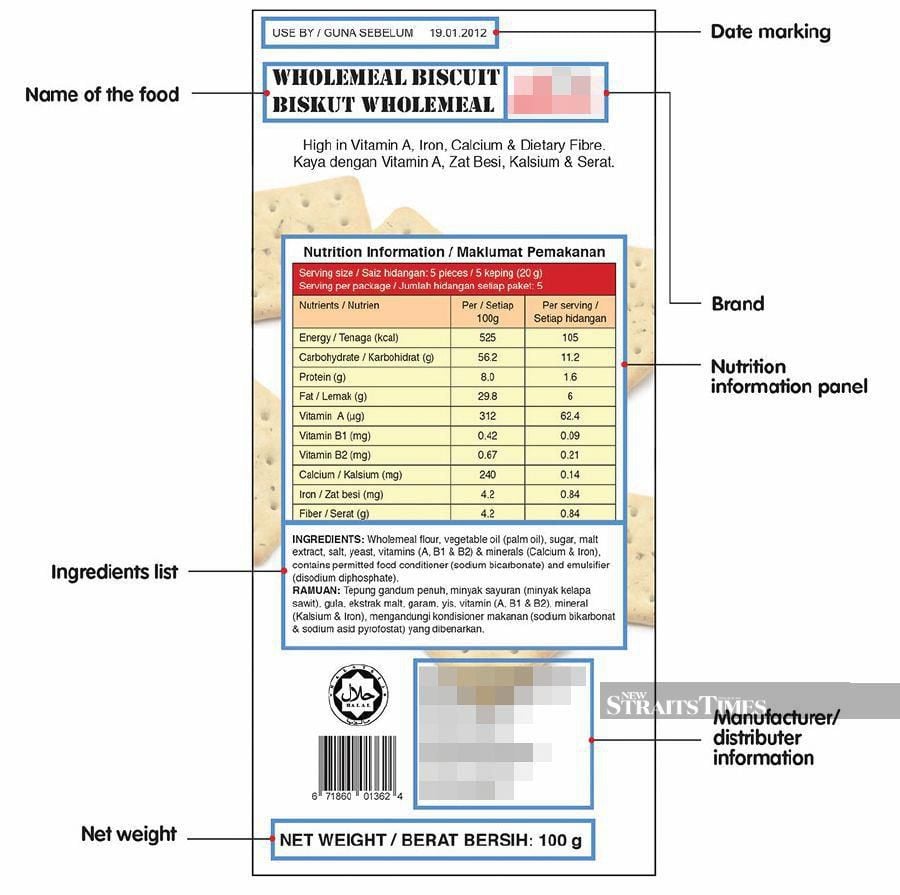
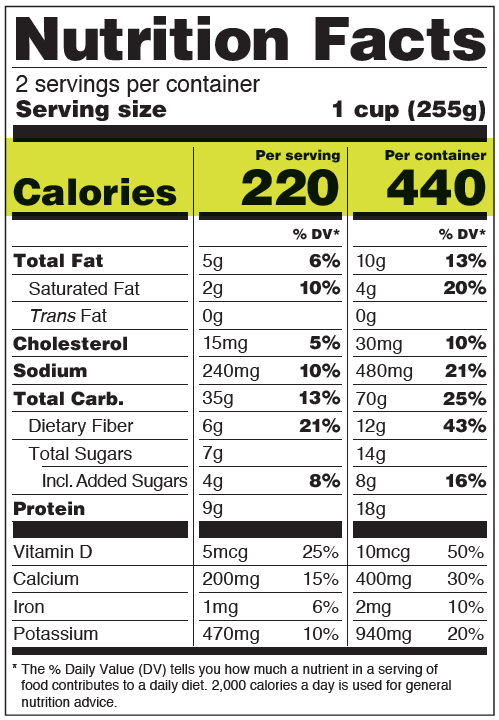




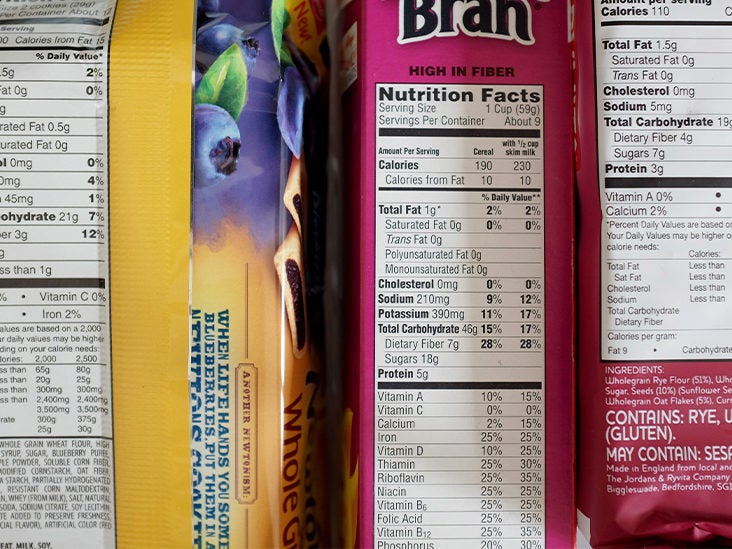



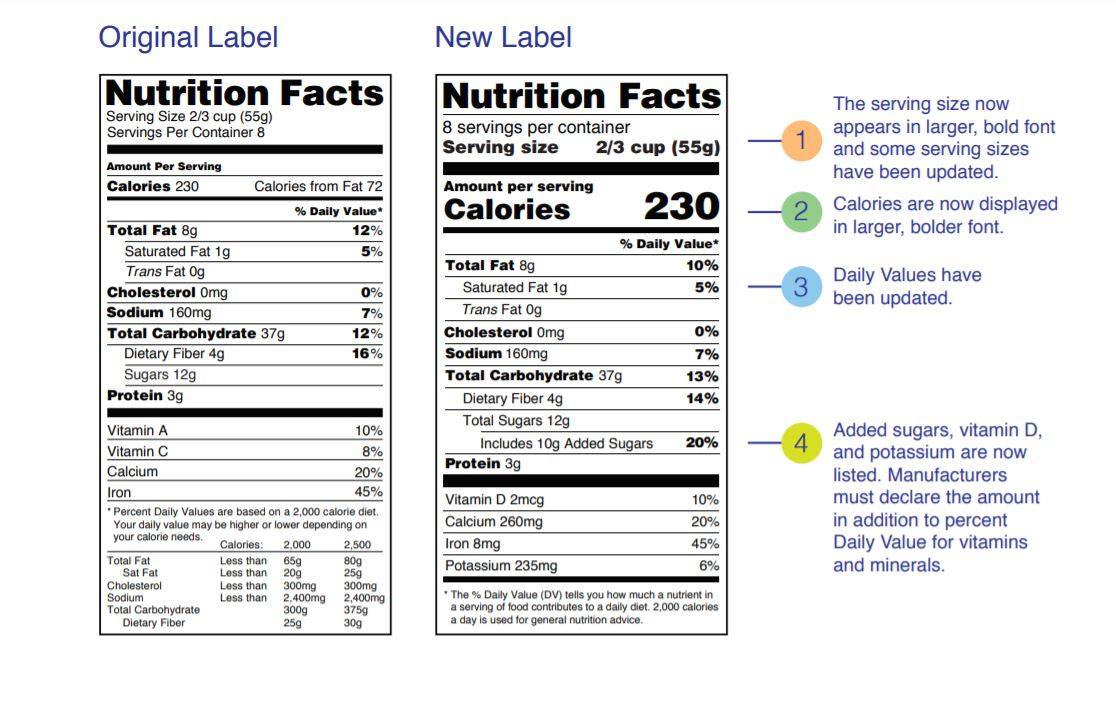

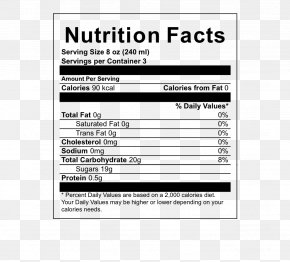


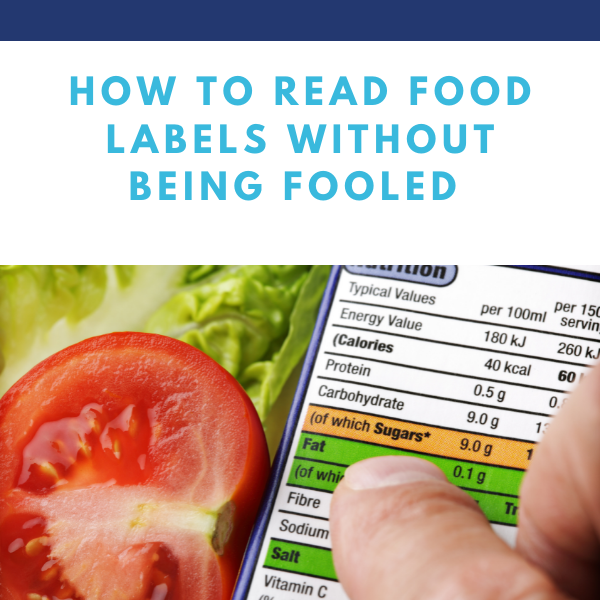


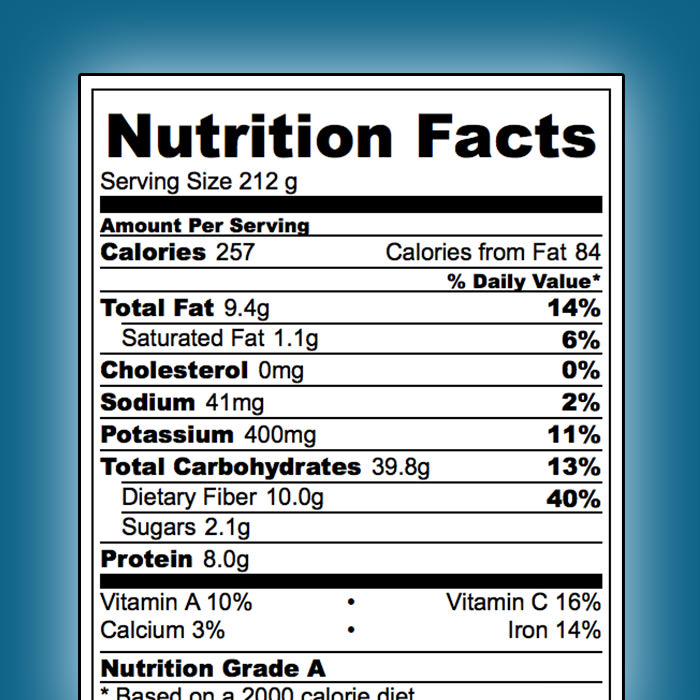



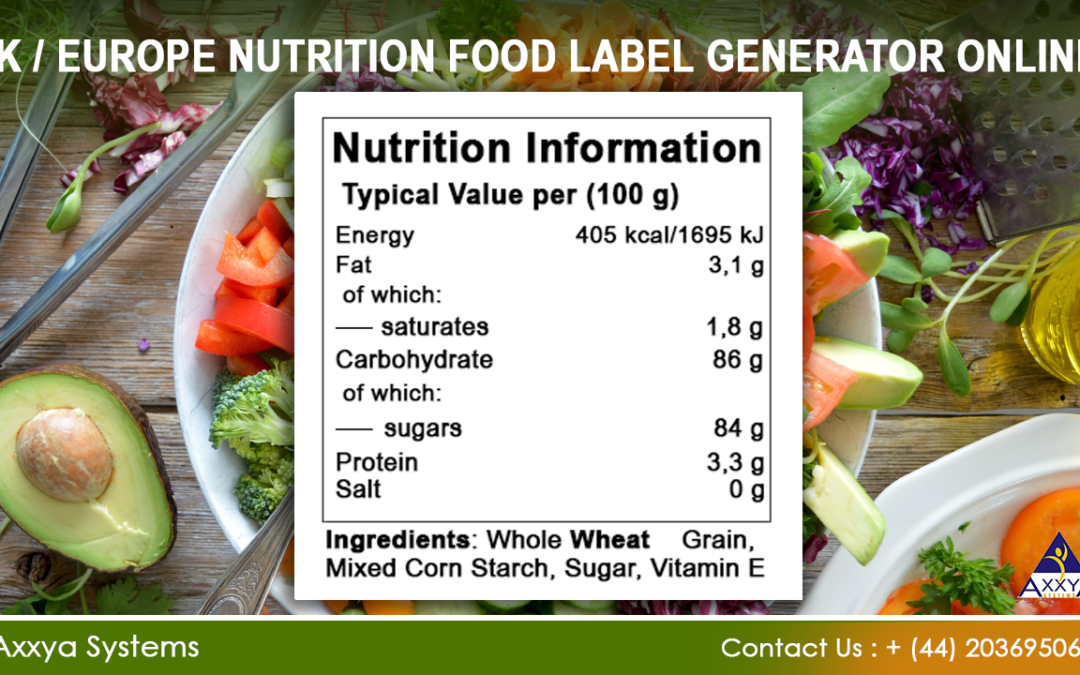
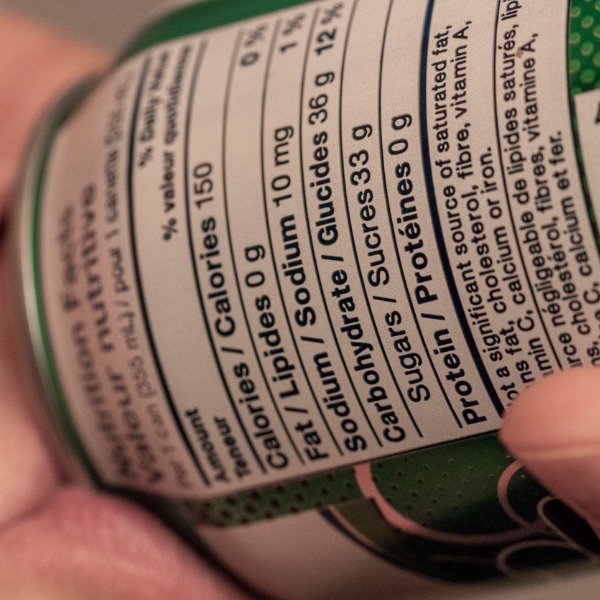



Post a Comment for "44 kcal on food labels"